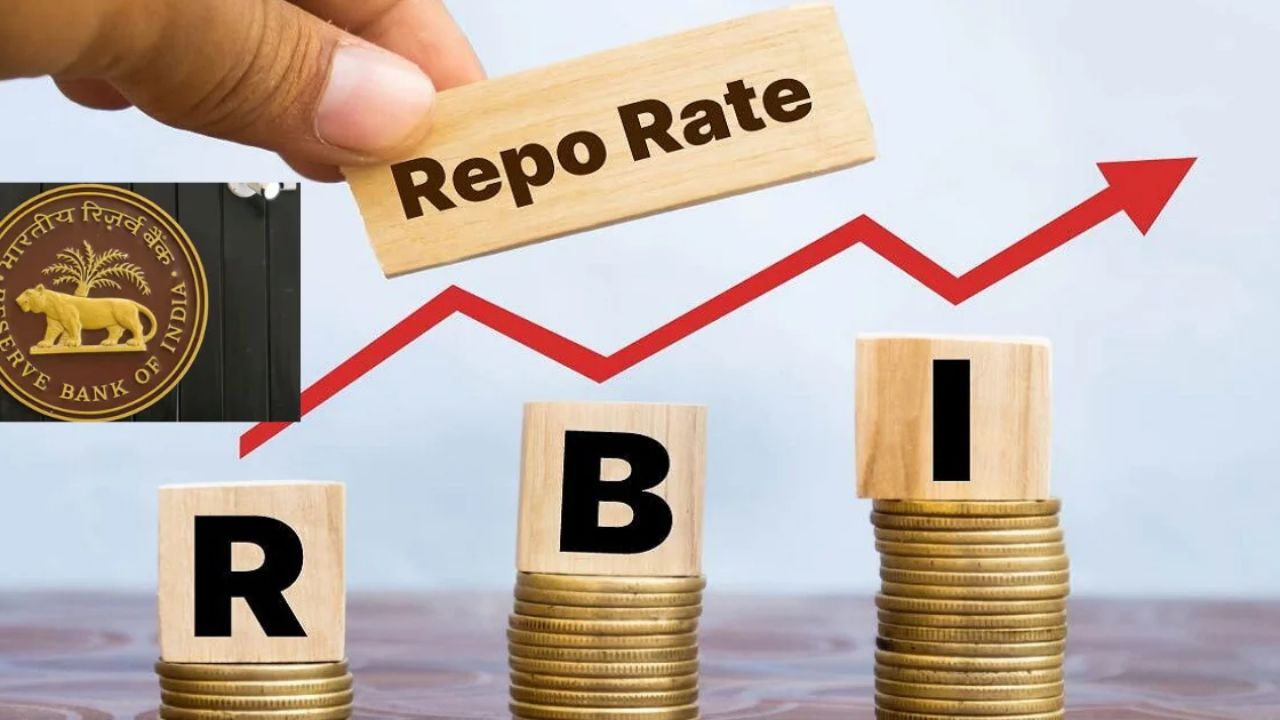What Is Repo Rate and How It Affects Your Monthly Budget and Loan Interest
Managing finances is an integral part of our lives. Whether you’re planning to buy your dream home or budgeting for...

Managing finances is an integral part of our lives. Whether you’re planning to buy your dream home or budgeting for monthly expenses, understanding how macroeconomic factors like the repo rate influence these decisions is essential. In this article, we’ll dive into what is repo rate and how it affects your monthly budget, particularly in terms of loan interest and finances, including tools like the home loan EMI calculator. Furthermore, we’ll explore the benefits and application process for home loans, with key insights to help you make informed financial decisions.
What Is Repo Rate?
The repo rate is the interest rate at which the Reserve Bank of India (RBI) lends money to commercial banks in case of short-term liquidity demands. Simply put, if banks require funds urgently, they borrow from the RBI at the prevailing repo rate. This rate plays an influential role in shaping the economy, inflation, and the overall credit market.
When the RBI increases the repo rate, borrowing becomes more expensive for banks, which then passes on the cost to consumers in the form of higher interest rates on loans. Conversely, when the repo rate is lowered, borrowing becomes cheaper for banks, leading to lower loan interest rates for consumers.
This macroeconomic tool affects various aspects of your financial planning—particularly loans and monthly budgets. Whether it’s the cost of your home loan or the affordability of your monthly expenditures, repo rate adjustments trickle down to significantly impact your finances.
How Does Repo Rate Impact Your Monthly Budget?
The repo rate directly influences the interest rates levied on loans like home loans, car loans, and personal loans. Here’s how:
- Loan Interest Rates: When the repo rate increases, banks typically hike the interest rates on loans to offset their higher borrowing costs. For home loan borrowers, this means higher equated monthly installments (EMIs), which can strain your monthly budget. Conversely, a reduced repo rate can lower loan interest rates, decreasing your EMI payments and lightening financial stress.
- Savings and Earnings: Changes in the repo rate also impact the interest earned on savings accounts and fixed deposits. When the repo rate increases, banks often offer higher interest rates for deposit accounts. This can be good news for savers but less favorable for borrowers.
- Impact on Inflation: The repo rate serves as a tool to control inflation. A higher repo rate tightens liquidity in the market, dampening inflation. While this move can stabilize the economy, it might increase the cost of goods and services, thereby affecting your monthly budget.
Understanding Home Loan EMIs Using a Calculator
If you’re planning to purchase a house and are concerned about how repo rate changes will impact your loan repayment, tools like the home loan EMI calculator become incredibly valuable. An EMI calculator helps you estimate your monthly payments based on parameters like loan amount, interest rate, and loan tenure. Here’s why using an EMI calculator is beneficial:
- Accurate Budget Planning: A home loan EMI calculator ensures that you have a clear understanding of your monthly repayments, enabling better planning of your overall budget.
- Flexibility Assessment: You can experiment with different loan amounts and tenures to see what suits your financial situation best.
- Real-Time Impact Assessment: If repo rate changes result in fluctuations in loan interest rates, an EMI calculator can help you assess the impact on your monthly payments instantly.
You can use such tools to calculate your EMI before applying for a home loan through leading platforms like Bajaj Finserv.
Benefits of Taking a Home Loan
Home loans are a popular financing option for acquiring residential property without depleting your savings. With flexible options and competitive interest rates, home loans offer several benefits:
- Affordable Financing: Home loans enable you to buy property by paying a manageable EMI rather than an upfront lump sum. This makes property acquisition affordable for individuals across varying income levels.
- Tax Benefits: Under Section 80C of the Income Tax Act, you can claim deductions for principal repayments on your home loan. Additionally, Section 24(b) allows tax deductions on the interest payable, making home loans a financially-savvy choice.
- Long Tenures: Home loans typically come with long repayment tenures, often up to 20-30 years, which significantly reduces monthly EMI burdens. You can use a home loan EMI calculator to choose an optimal repayment period.
- Improved Creditworthiness: Timely repayment of a home loan can improve your credit score, giving you access to better financial opportunities in the future.
- Flexibility in Loan Structure: Many lenders offer flexible home loan structures, allowing partial prepayments and top-ups, which make managing finances easier.
How to Apply for a Home Loan
Now that you understand repo rate dynamics and the benefits of home loans, applying for one is a straightforward process, especially with platforms like Bajaj Finserv. Here’s a step-by-step guide:
- Evaluate Your Eligibility: Use online eligibility calculators provided by lending institutions to check if you meet the income, age, and credit score requirements.
- Calculate EMI: Leverage the home loan EMI calculator to determine a repayment plan that fits your budget.
- Documentation: Gather necessary documents such as income proof, identity proof, address proof, property documents, and tax returns.
- Submit Application: Visit Bajaj Finserv or other reputed lenders to submit your application online or in person. Fill in the loan application form accurately and attach the required documents.
- Loan Processing and Approval: Once submitted, lenders verify your documents, evaluate your eligibility, and assess the property you intend to purchase. Upon approval, the loan amount is disbursed.
- Repayment: Make regular EMI payments as per the agreed-upon schedule. You can use your EMI calculator to keep track and plan repayment adjustments.
Final Thoughts
Understanding what is repo rate and its implications on your monthly budget is an indispensable aspect of financial literacy. A higher repo rate can elevate your loan EMIs and tighten financial resources, while a lower rate provides relief on interest costs. Tools like the home loan EMI calculator are essential for estimating your monthly payments and evaluating different scenarios to balance work-life finances effectively.
If you’re planning to apply for a home loan, platforms like Bajaj Finserv provide seamless application procedures, making it easy to secure funding for your dream home. With tax benefits, flexible repayment options, and affordability, home loans serve as a robust financial tool to achieve long-term goals.
Stay updated on repo rate changes and utilize the available resources to optimize your financial strategies. Whether you’re saving or borrowing, a clear understanding of economic factors ensures that your budget remains stable, helping you achieve financial success.





